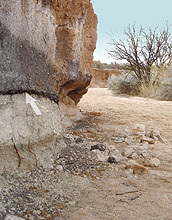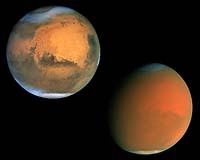Carpeted today with vegetation, obscured by a cloak of low-lying cloud and raided by thieves, Angkor in Cambodia once thrived between the 9th and 16th centuries, reaching a peak of many hundreds of thousands of people in the 13th century
Today, in the Proceedings of the National Academy of Sciences, a new map reveals its heart spread over 400 square miles - compared with Greater London's 600 square miles - and the associated sprawl extended out another several hundred square miles.

|
| ©PNAS
|
| ''Village temple'' configuration at Angkor
|



